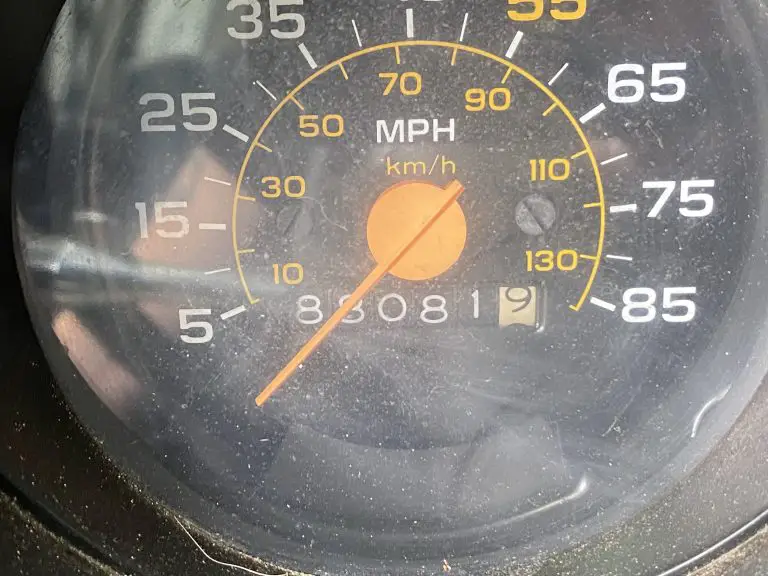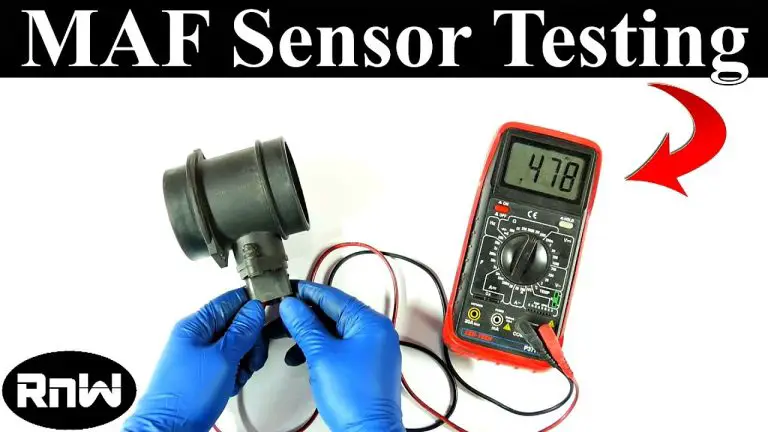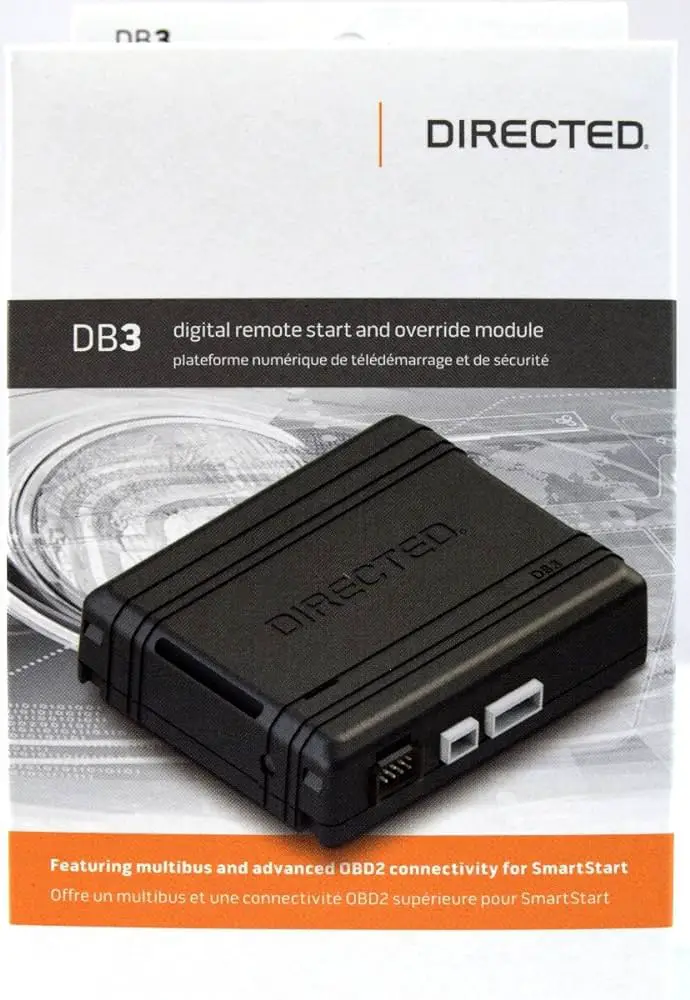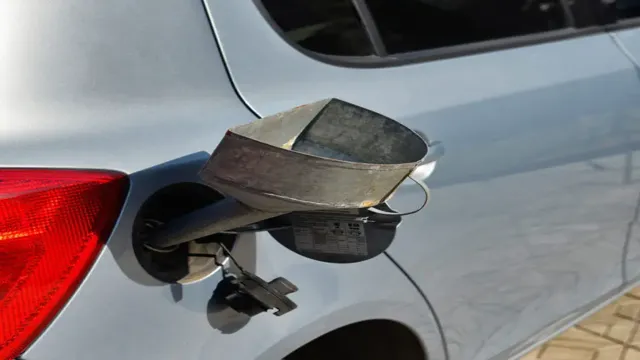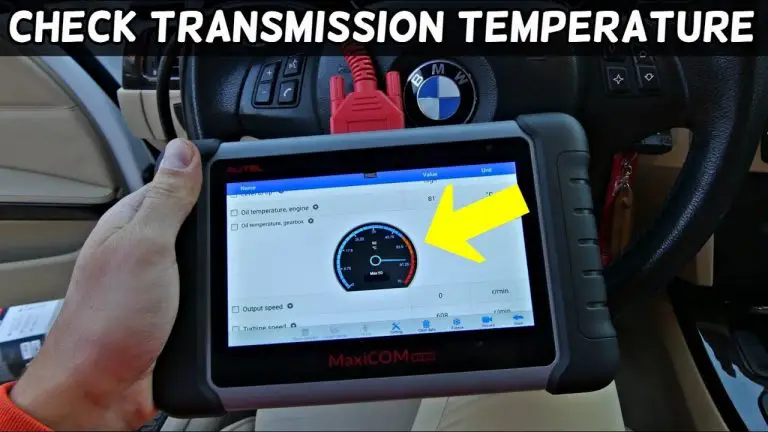Step-by-Step Guide: Checking Fuel Pressure on Your 5.4 Triton Engine
As a car owner, you know how important it is to keep your vehicle running efficiently. The 4 Triton engine is a popular choice for many Ford trucks and SUVs.
However, over time, issues with fuel pressure can arise in these engines. Checking the fuel pressure on your 4 Triton can help you diagnose and address any issues before they become major problems.
Fuel pressure is essential for proper engine function. The fuel injectors in your engine require a certain amount of pressure to deliver fuel to the combustion chamber. If the pressure is too low, your engine may not start or may run poorly.
On the other hand, if the pressure is too high, it can cause engine damage. That’s why it’s crucial to check your fuel pressure and make any necessary adjustments. Fortunately, checking the fuel pressure on your
4 Triton is a relatively simple process. First, you need to locate the fuel pressure test port, which is typically located on the fuel rail. Then, you can use a fuel pressure gauge to measure the pressure while the engine is running.
The ideal fuel pressure for a 4 Triton engine is between 35 and 45 PSI. If you notice that your fuel pressure is too low or too high, there may be a problem with your fuel system.
What You’ll Need
If you’re looking to check the fuel pressure on your 4 Triton engine, there are a few things you’ll need to have on hand. First and foremost, you’ll need a fuel pressure gauge that is designed to work with your specific vehicle.
Additionally, you’ll need an adapter fitting that will allow you to connect the gauge to your fuel rail. This adapter fitting will also need to be compatible with your vehicle’s fittings and connections. It’s important to note that not all fuel pressure gauges and adapters are universal and will work with every engine, so be sure to do your research and double-check compatibility before making any purchases.
Once you have the necessary equipment, you’ll be ready to start testing your fuel pressure and diagnosing any issues that may be affecting your engine’s performance.
Fuel Pressure Gauge
If you’re planning on installing a fuel pressure gauge in your vehicle, there are a few things that you’ll need to get started. First and foremost, you’ll need the gauge itself. Make sure that you choose a gauge that is compatible with your vehicle’s make and model, and that can accurately read the fuel pressure range that you’re looking for.
You’ll also need a fuel pressure regulator, as well as tubing and fittings to connect the gauge to your vehicle’s fuel system. It’s important to use high-quality tubing and fittings to ensure that there are no leaks in the system. Additionally, you may need a mounting bracket to secure the gauge in place.
Installing a fuel pressure gauge can be a useful way to keep track of your vehicle’s fuel system and ensure that it’s running smoothly. With the right tools and a little bit of know-how, you can have your gauge up and running in no time.
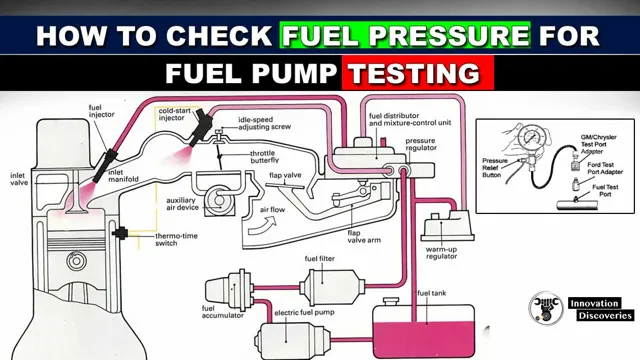
Wrenches
Wrenches are one of the most useful and versatile tools to have in your toolbox. Whether you’re a DIY enthusiast or a professional mechanic, there’s a wide variety of wrenches you’ll need to get the job done right. The must-have wrenches in your toolbox include a set of adjustable wrenches, combination wrenches, socket wrenches, torque wrenches, and pipe wrenches.
Each of these types of wrenches serves a unique purpose and can be used in different situations. For example, adjustable wrenches are perfect for fastening or loosening hex bolts and nuts of various sizes, while combination wrenches are great for tight spots where it’s difficult to use other wrenches. Socket wrenches are ideal for bolts and nuts that are recessed or difficult to reach.
Torque wrenches are useful for tightening bolts to specific tension levels, while pipe wrenches are perfect for gripping and turning pipes and plumbing fixtures. With a good assortment of these essential wrenches, you’ll be able to tackle just about any job that comes your way.
Locating the Test Port
If you’re wondering how to check fuel pressure on a 4 Triton engine, one of the first steps is locating the test port. This port is typically found on the fuel rail, which is located on top of the engine block.
You may need to remove a plastic cover or air intake tube to access it. Look for a valve that resembles a tire valve stem, as this is the test port where the pressure gauge will be attached. It’s important to note that the location of the test port may vary slightly depending on the specific make and model of your vehicle.
Once you’ve located the test port, connecting a fuel pressure gauge will allow you to accurately measure the pressure of the fuel system. This is an important step in diagnosing any potential fuel system problems and ensuring that your engine is running at optimal performance.
Step-by-step guide
Locating the test port on your vehicle is an essential step in diagnosing any issues with the engine. The test port is usually located near the engine compartment or the dashboard. To find it, start by checking the owner’s manual or manufacturer’s website for your vehicle’s specific model.
If you’re having trouble locating the port, try looking under the hood, near the firewall, or around the steering wheel column. It may also be helpful to use a flashlight or mirror to see under the dashboard. Once you’ve located the test port, make sure you have the correct diagnostic tool for your vehicle, as each model may require a different one.
When using the tool, follow the instructions carefully to ensure an accurate reading. By successfully locating and using the test port, you’ll be able to diagnose any issues with your vehicle’s engine and make the necessary repairs.
Testing the Fuel Pressure
If you’re experiencing issues with your Ford F-150’s 4 Triton engine, checking the fuel pressure may be necessary to diagnose the problem. To test the fuel pressure, you’ll need a fuel pressure gauge and a tire pressure gauge.
First, locate the Schrader valve on the fuel rail and attach the fuel pressure gauge to it. Turn on the ignition but don’t start the engine. Take the reading on the fuel pressure gauge and compare it to your vehicle’s fuel pressure specifications.
If the pressure is too low, it could indicate a clogged fuel filter or a failing fuel pump. If the pressure is too high, it could indicate a malfunctioning fuel pressure regulator. Keep in mind that if you’re not comfortable performing this task, it’s best to seek the help of a certified mechanic.
Checking your fuel pressure regularly can help prevent unexpected breakdowns and keep your engine running smoothly.
Step-by-step guide
If your car is not running at optimal performance, one possible issue could be the fuel pressure. To test the fuel pressure, you will need a fuel pressure gauge, which can be purchased at an auto parts store or rented from a tool rental service. First, locate the fuel rail or test port on your engine and attach the gauge to the port.
With the ignition turned off, prime the fuel system by turning the key to the “on” position for a few seconds. Then, start the engine and observe the reading on the gauge. Compare the reading to the manufacturer’s specifications for your vehicle.
If the reading is below the recommended range, there may be an issue with the fuel pump or a clogged fuel filter. On the other hand, if the reading is too high, it could indicate a malfunctioning fuel pressure regulator. In either case, it is best to seek the help of a professional mechanic to diagnose and fix the problem.
Testing your fuel pressure is an essential step in maintaining the health of your car and ensuring it runs smoothly on the road.
Interpreting the Results
When checking the fuel pressure on your 4 Triton, interpreting the results is crucial in determining any issues with the fuel system. The acceptable fuel pressure range for most
4 Triton engines is between 30-45 psi, with the ideal range being around 35-40 psi. If the pressure reading goes above or below these values, it may be a sign of a faulty fuel pump, clogged fuel filter, or a leak in the fuel line. A low fuel pressure reading may also result in poor engine performance, rough idling, or stalling.
On the other hand, a high pressure reading may cause damages to the fuel injectors, and a possibility of engine flooding. Therefore, it is essential to interpret the fuel pressure reading carefully, and perform the necessary repairs or replacements to ensure your engine runs smoothly and efficiently.
Normal vs. Abnormal
When it comes to interpreting medical test results, understanding what is considered “normal” vs. “abnormal” is crucial. Normal results typically fall within a certain range that is determined by various factors, such as age, gender, and overall health.
However, abnormal results can indicate underlying health issues that require further investigation and treatment. It’s essential to work closely with a healthcare provider to review and interpret any test results accurately. Some abnormalities may require immediate medical attention, while others may be more minor and easier to manage.
It’s important not to panic when receiving abnormal results and to trust in your healthcare professional’s guidance moving forward. Remember, abnormal test results do not always mean that something is seriously wrong, but they do require prompt attention and follow-up to ensure the best possible outcome.
Conclusion
In conclusion, checking the fuel pressure on a 4 Triton engine is crucial for maintaining optimal performance and preventing any potential issues down the line. By following the steps outlined in this guide, you can easily and confidently ensure that your engine is getting the proper fuel pressure it needs.
So, grab your tools, get under the hood, and let’s get that Triton purring like a contented kitten!”
FAQs
What equipment do I need to check fuel pressure on a 5.4 Triton engine?
To check fuel pressure on a 5.4 Triton engine, you will need a fuel pressure gauge and the appropriate adapter for your specific make and model of vehicle.
Where is the fuel pressure test port located on a 5.4 Triton engine?
The fuel pressure test port on a 5.4 Triton engine is typically located on the fuel rail. Consult your vehicle’s owner’s manual for the exact location.
What is the recommended fuel pressure range for a 5.4 Triton engine?
The recommended fuel pressure range for a 5.4 Triton engine is typically between 35 and 45 psi.
How do I interpret the results of a fuel pressure test on a 5.4 Triton engine?
If the fuel pressure is too low, it can indicate a problem with the fuel pump, fuel filter, or fuel pressure regulator. If the fuel pressure is too high, it can indicate a problem with the fuel pressure regulator or a restriction in the fuel line. Consult a mechanic for further diagnosis and repair.


